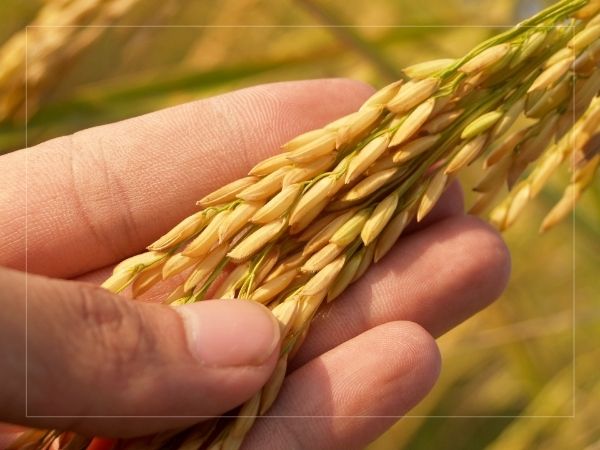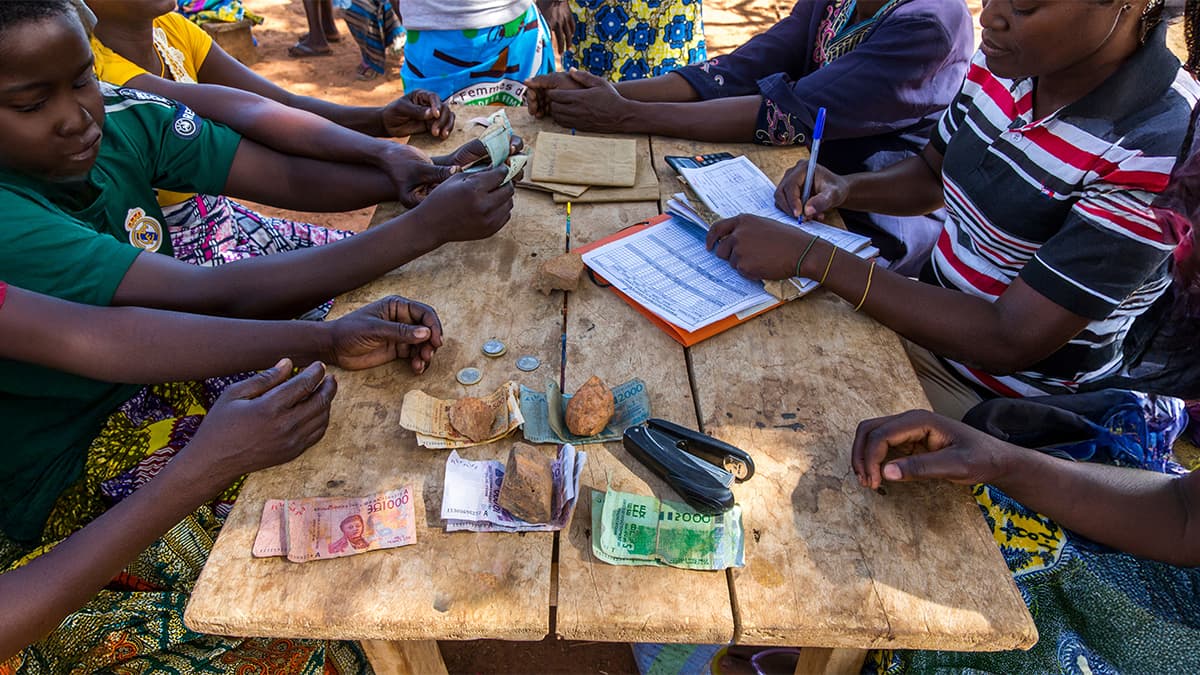Agricultural procurement is one of the foremost steps to ensure food security, traceability, higher productivity and transparency in the farm-to-fork value chain. An end-to-end procurement system helps provide remunerative prices to farmers and cuts down the dependency on middle men. If you think of the Indian context, the Minimum Support Price (MSP) guarantees a secure price, cushioning farmers against market vacillations. During 2019-20, more than 20 million farmers benefited from government procurement of seven crops at MSP. The country has 118.9 million farmers (Census 2011) who produce some 295 million tonne food grains annually to feed 1350 million people. But the benefits of a robust farm procurement system transcend the price barrier. When you have a seamless platform, you are capable of capturing ground level data from pre-sowing to the transportation stage. Tracking this data trail is important as the State of Food & Agriculture Report (2019) notes that we lose 14 per cent of the world’s food between harvest and retail sales. When we have an automated procurement solution capable of seamless integration with logistics and supply chain system, this food waste can be avoided.

Pain Of Procurement On Ground And The Need For Digital Reforms
Food procurement can be inefficient if processes are manual. This will lead to leakages in the system and denial of fair prices to the growers. It also gives scope to the intermediaries to make a dent into the system, hurting direct interface between the farmers and the procurement agency. According to the National Sample Survey Organization (NSSO) 2012-13, only six per cent of the total farmers in the country have gained from selling paddy or wheat directly to any procurement agency. Moreover, in the absence of digital interventions, the procurement is skewed in favour of the large farmers. A High Level Committee of the Government of India on Restructuring Food Corporation of India (FCI) states that much of the procurement by government agencies comes from the large farmers. Reforming this system counts since agricultural procurement is a crucial tool used by governments to pursue social, economic and environmental outcomes.
Paddy Procurement Automation System (PPAS) - A New Paradigm
Feeling the pulse of the pain in procurement, CSM Technologies has developed Paddy Procurement Automation System (PPAS). It seamlessly integrates all stakeholders from farm to markets- large farmers, small & marginal farmers, sharecroppers, millers, PACS, transport corporations, departments of agriculture & farmers' welfare and revenue. It’s a rare example of end-to-end automation of the procurement to market cycle.
Technology is used to address the critical challenge of identification of farmers from the lands they till. PPAS is integrated with Bhulekh, the Odisha government's land records database. PPAS also honours the rights of the landless sharecroppers, conferring them due weightage in procurement by allocating 50 per cent of the tokens to them after validating their credentials. Our system is a cut above peer platforms with its biometric authentication (Iris) of farmers- a feature that filters out the bogus beneficiaries who tend to impersonate as growers. PPAS ensures that MSP is electronically credited to farmers’ accounts in 24 to 72 hours. What’s more, the system is integrated with the National Procurement Portal, Government of India.
To buttress the system’s success story, 5.85 million tonnes of paddy was procured from 1.07 million farmers on the PPAS platform in Odisha during the Kharif Marketing Season for 2020-21 (Source: Food Odisha portal)
Solutions like PPAS are futuristic in scope, scalability and vision. Deployment of transformative, niche technologies like Blockchain, Machine Learning (ML) and Internet of Things (IoT) to agri procurement solutions will keep transactions tamper proof and help build demand and supply estimates of crops. To cite the opportunity, the global blockchain in agriculture and food supply chain market size is estimated at $133 million in 2020; it is projected to grow at a CAGR (Compounded Annual Growth Rate) of 48.1 per cent to reach $948 million by 2025. Blockchain in agriculture has a string of benefits- easy and cheap food batch recalls in case of emergencies, availability of the complete history of the product status, increased customer trust and loyalty, fairer payments, approved vendors, and proper compliance management. When used in conjunction, technologies like Blockchain, ML and IoT can predict crop yield, streamline procurement and ramp up productivity, leading to a makeover in the culture of agriculture.


























































We will verify and publish your comment soon.